Which of following graphs correctly represents the variation of particle momentum with de-Broglie wavelength?
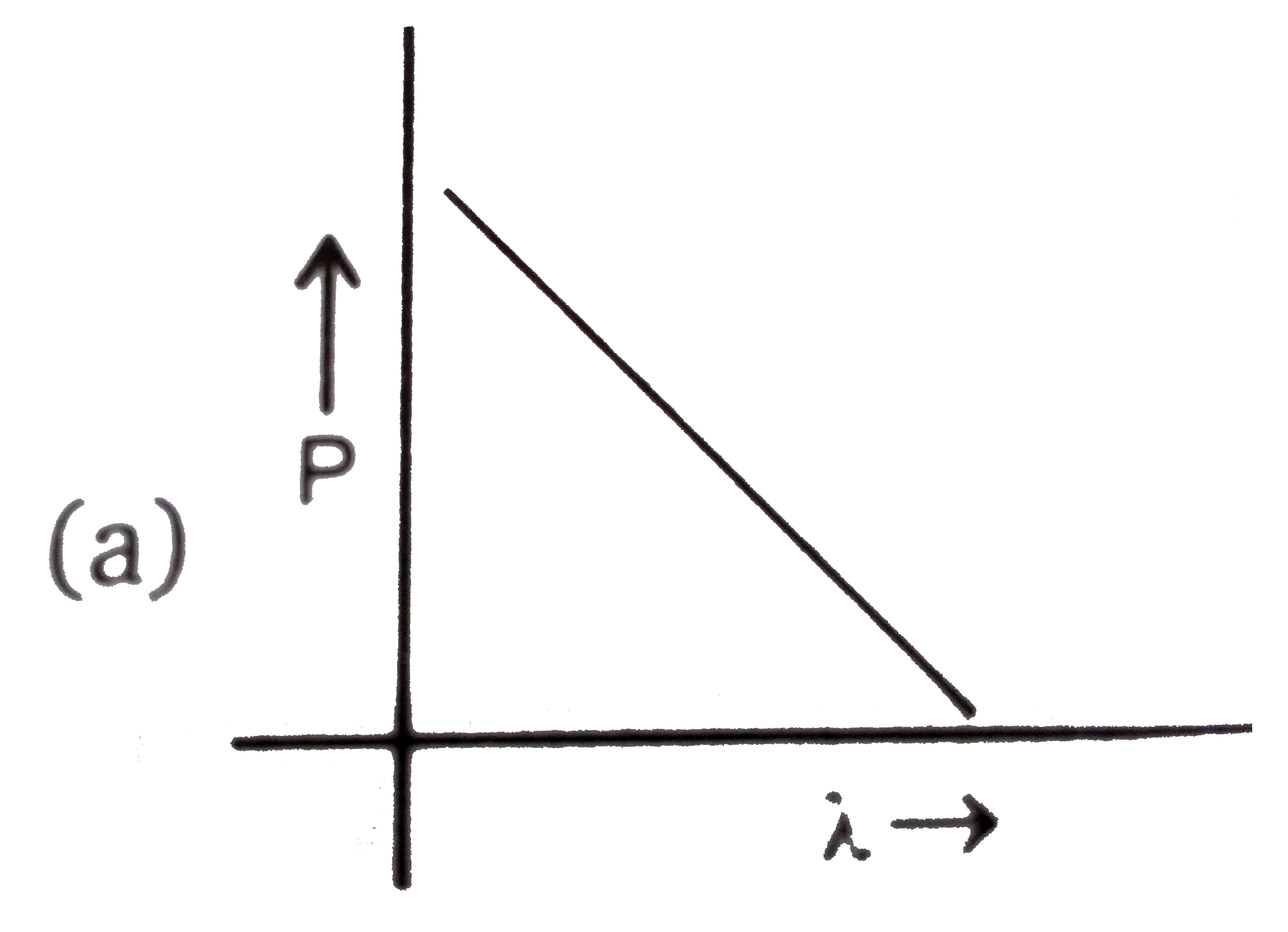
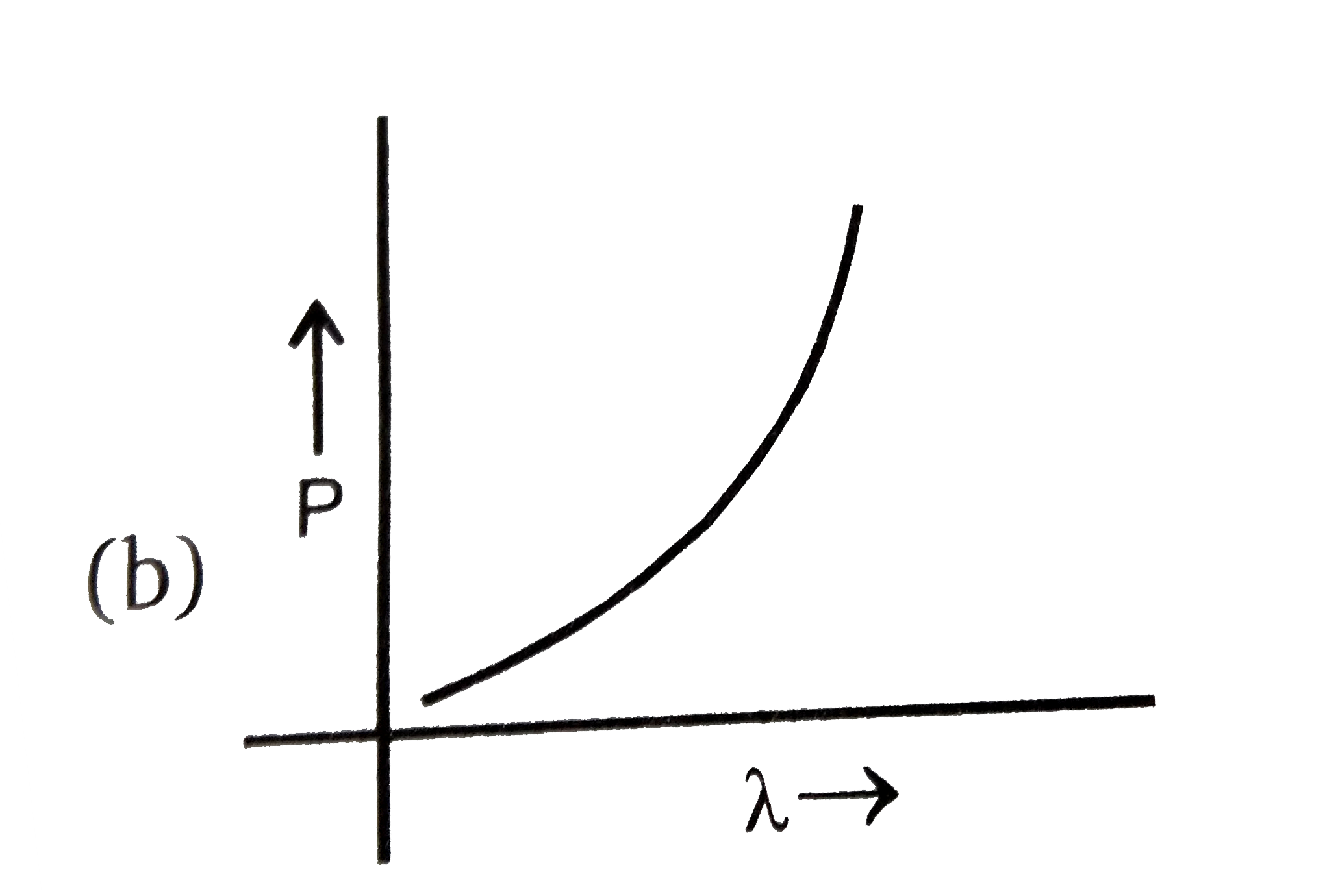
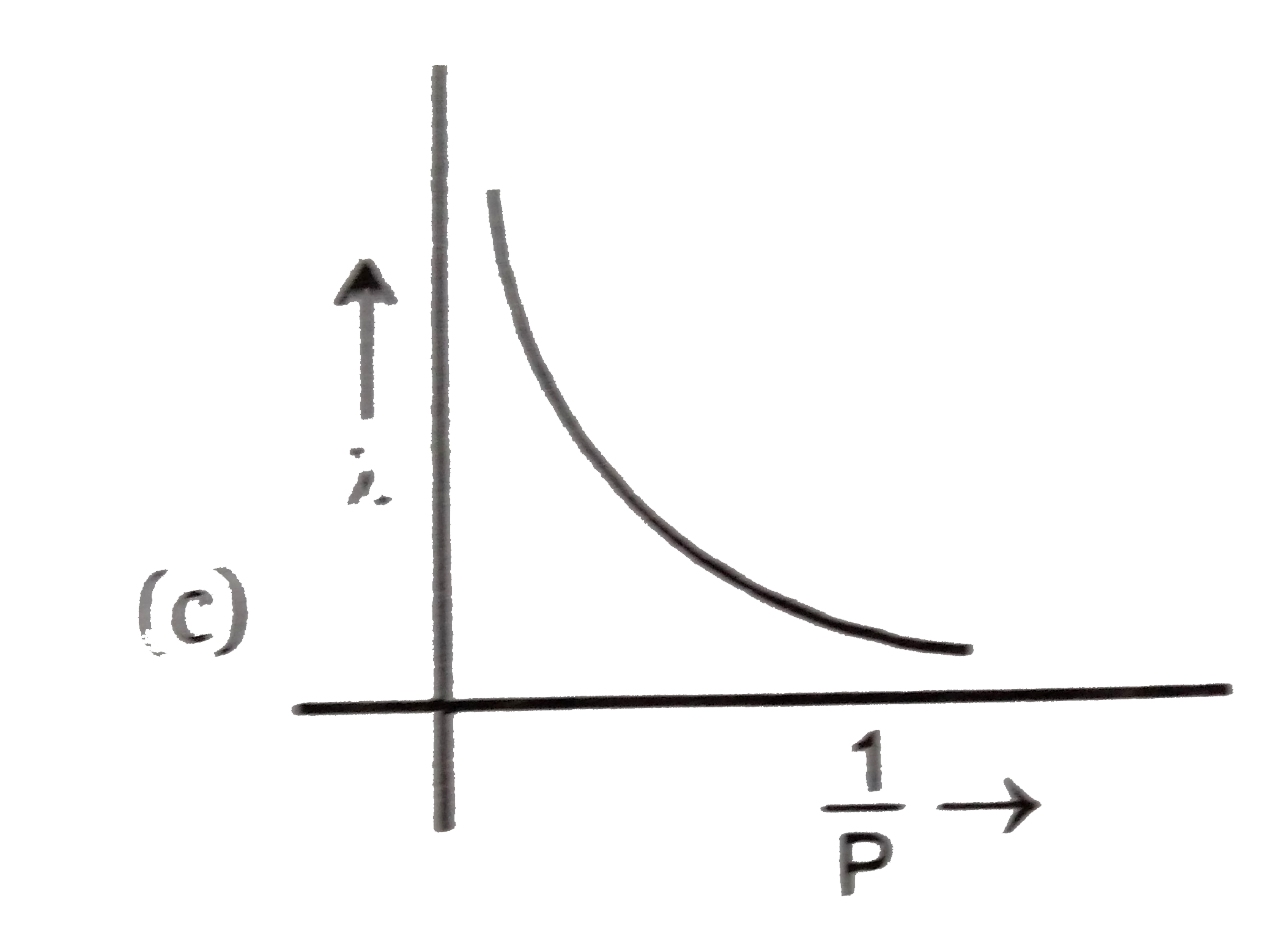
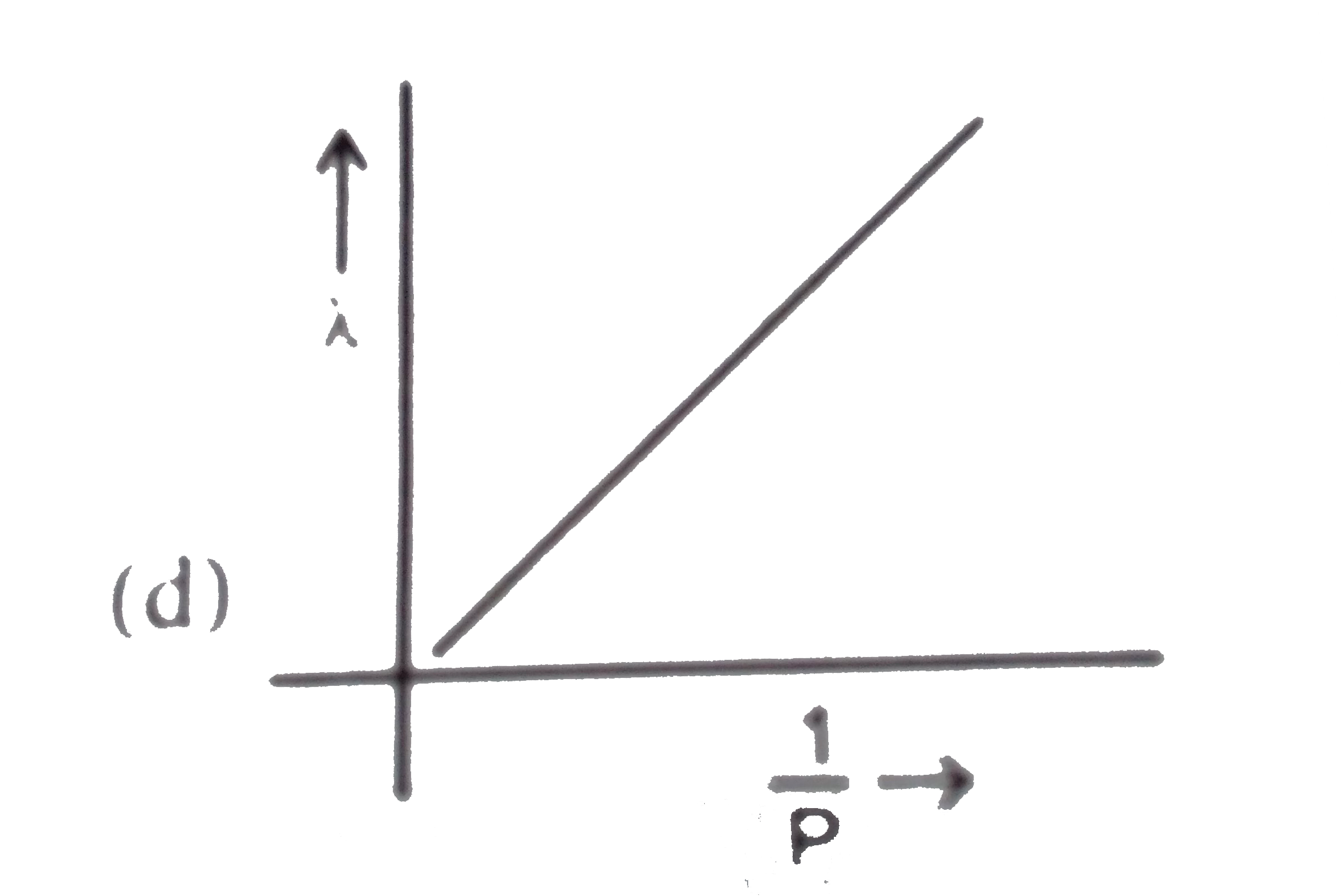
The correct Answer is:D
To solve the question regarding the variation of particle momentum with de-Broglie wavelength, we can follow these steps:
1. Understand the de-Broglie Hypothesis:
- According to de-Broglie's hypothesis, every particle has a wave-like nature. The wavelength (λ) associated with a particle is given by the formula:
λ=hp
where h is Planck's constant and p is the momentum of the particle.
2. Rearranging the Equation:
- From the de-Broglie equation, we can express momentum p in terms of wavelength λ:
p=hλ
- This shows that momentum is inversely proportional to the wavelength.
3. Graphical Representation:
- Since p is inversely proportional to λ, we can conclude that as the wavelength increases, the momentum decreases. This relationship is characteristic of a hyperbolic graph.
- If we plot momentum p on the y-axis and wavelength λ on the x-axis, the graph will be a hyperbola that approaches the axes but never touches them.
4. Analyzing the Options:
- Option A: Graph showing a direct relationship (incorrect, as it should be hyperbolic).
- Option B: Another incorrect representation, likely showing a different incorrect relationship.
- Option C: This option may represent the relationship between λ and 1p, which would be a straight line (but not what we need).
- Option D: This option should correctly represent the inverse relationship between p and λ as a hyperbola.
5. Conclusion:
- The correct graph that represents the variation of particle momentum with de-Broglie wavelength is the one that depicts an inverse relationship, which is a hyperbola.
Final Answer:
The correct graph is the one that shows the inverse relationship between momentum p and de-Broglie wavelength λ, which is a hyperbola.
---
- According to de-Broglie's hypothesis, every particle has a wave-like nature. The wavelength (λ) associated with a particle is given by the formula:
λ=hp
where h is Planck's constant and p is the momentum of the particle.
- From the de-Broglie equation, we can express momentum p in terms of wavelength λ:
p=hλ
- This shows that momentum is inversely proportional to the wavelength.
- Since p is inversely proportional to λ, we can conclude that as the wavelength increases, the momentum decreases. This relationship is characteristic of a hyperbolic graph.
- If we plot momentum p on the y-axis and wavelength λ on the x-axis, the graph will be a hyperbola that approaches the axes but never touches them.
- Option A: Graph showing a direct relationship (incorrect, as it should be hyperbolic).
- Option B: Another incorrect representation, likely showing a different incorrect relationship.
- Option C: This option may represent the relationship between λ and 1p, which would be a straight line (but not what we need).
- Option D: This option should correctly represent the inverse relationship between p and λ as a hyperbola.
- The correct graph that represents the variation of particle momentum with de-Broglie wavelength is the one that depicts an inverse relationship, which is a hyperbola.
The correct graph is the one that shows the inverse relationship between momentum p and de-Broglie wavelength λ, which is a hyperbola.
Topper's Solved these Questions
- ATOMIC STUCTUREBOOK - NARENDRA AWASTHI ENGLISHCHAPTER - ATOMIC STUCTUREEXERCISE - level 2
30 Videos
- ATOMIC STUCTUREBOOK - NARENDRA AWASTHI ENGLISHCHAPTER - ATOMIC STUCTUREEXERCISE - Level 3 (Passage 1)
3 Videos
- CHEMICAL EQUILIBRIUMBOOK - NARENDRA AWASTHI ENGLISHCHAPTER - CHEMICAL EQUILIBRIUMEXERCISE - Match the column
1 Videos
Similar Questions
Knowledge Check
The velocity -displacement graph of a particle is as shown in the figure. Which of the following graphs correctly represents the variation of acceleration with displacement?
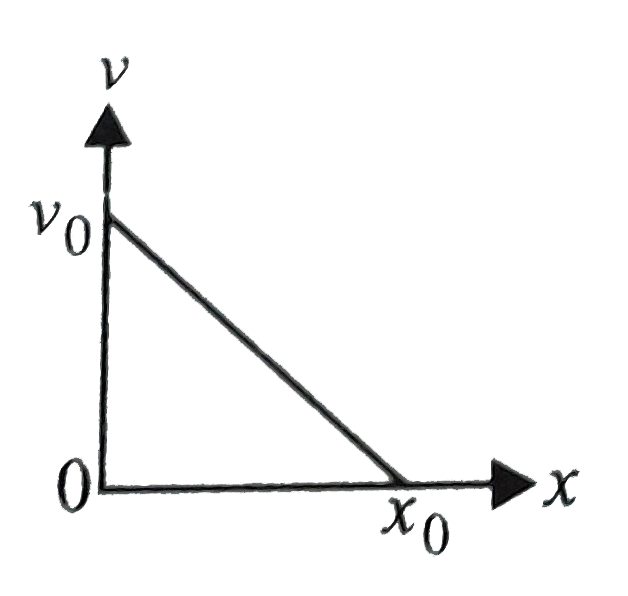 A
A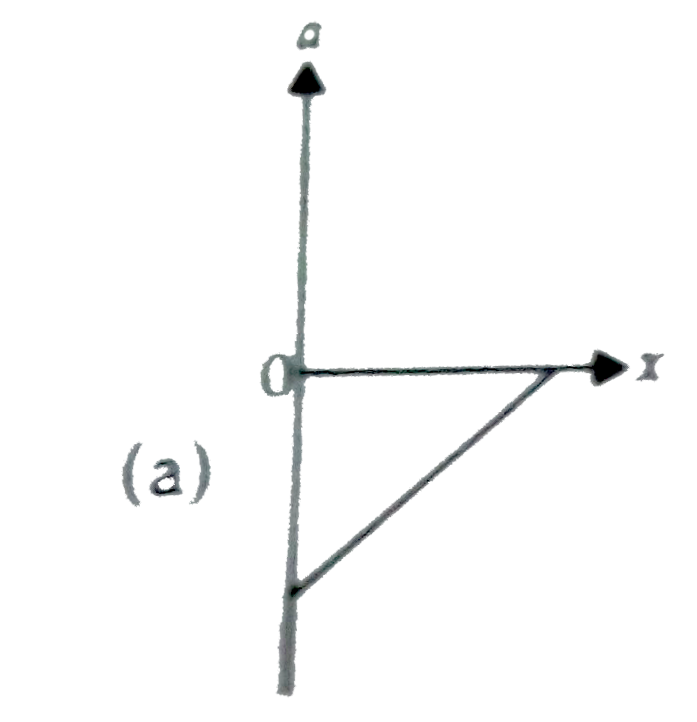 B
B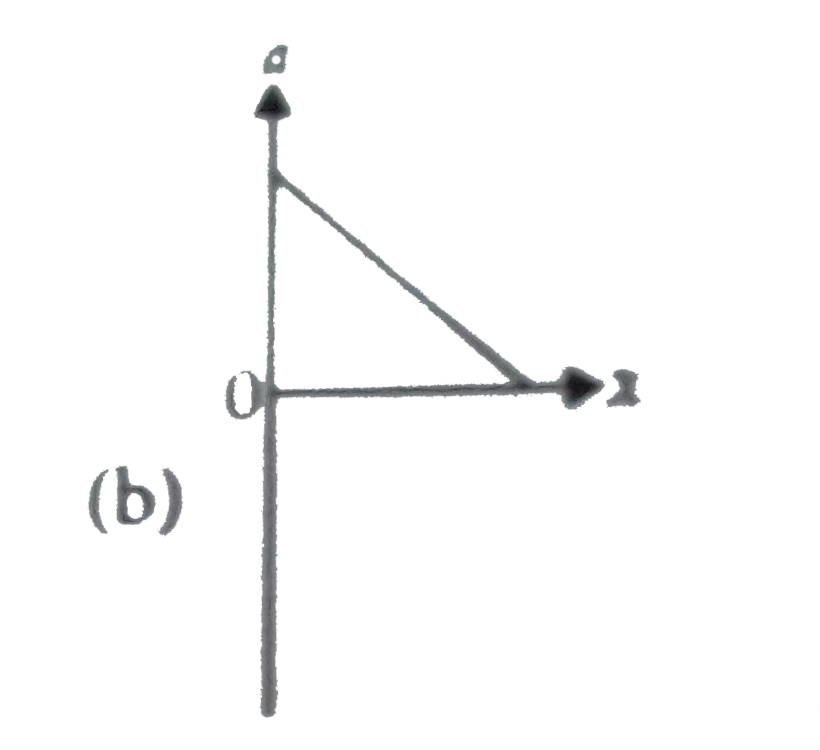 C
C D
D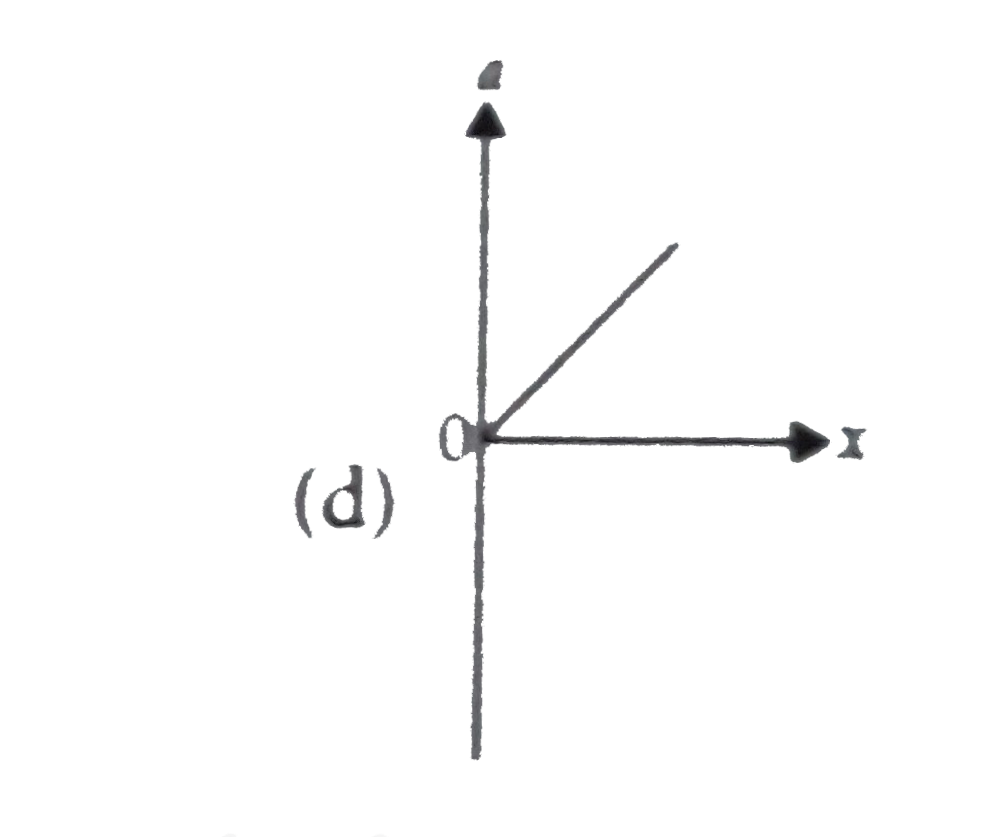
Which of the following figure represents the variation of particle momentum and the associated de - Broglie wavelength ?
A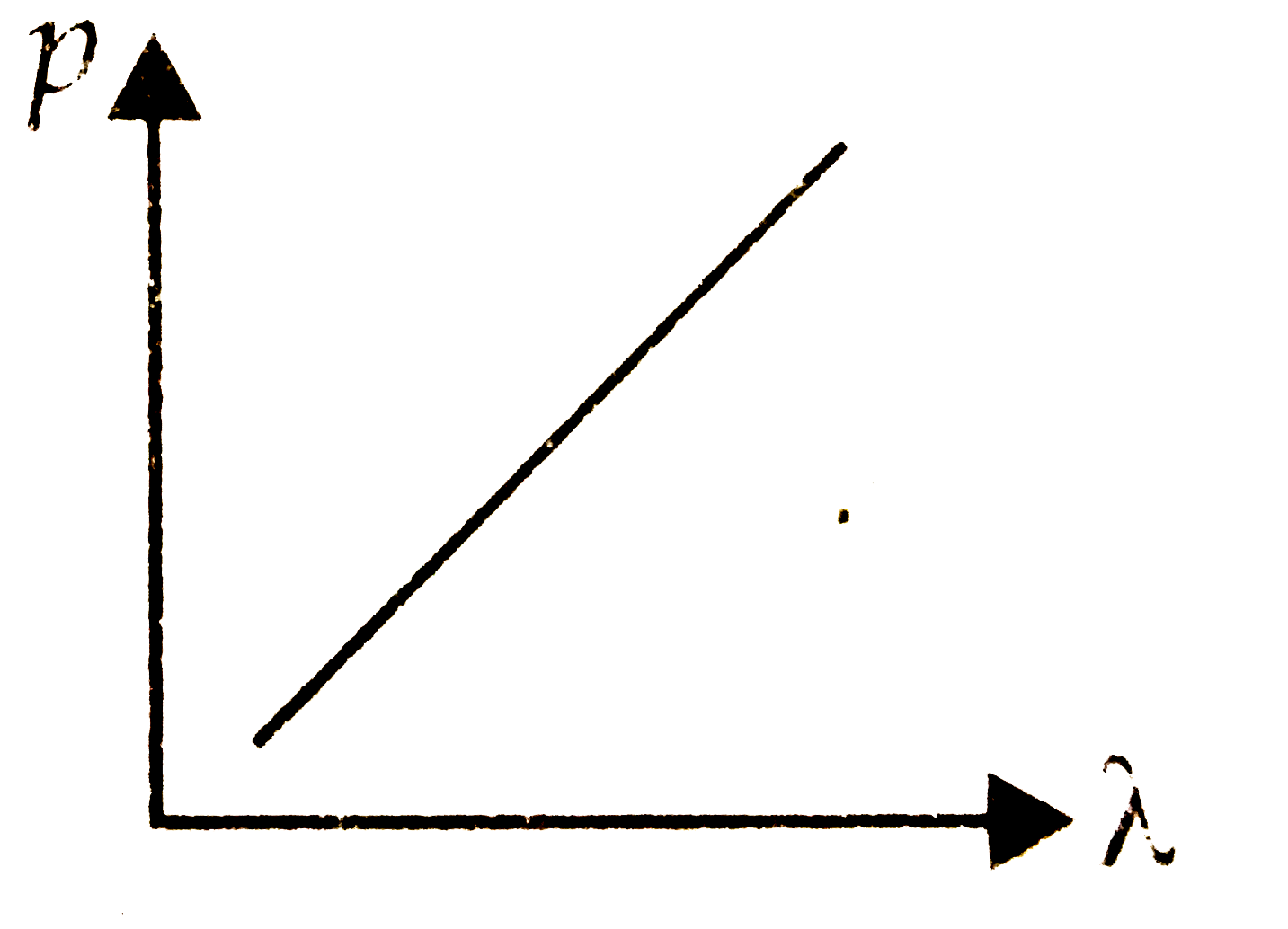 B
B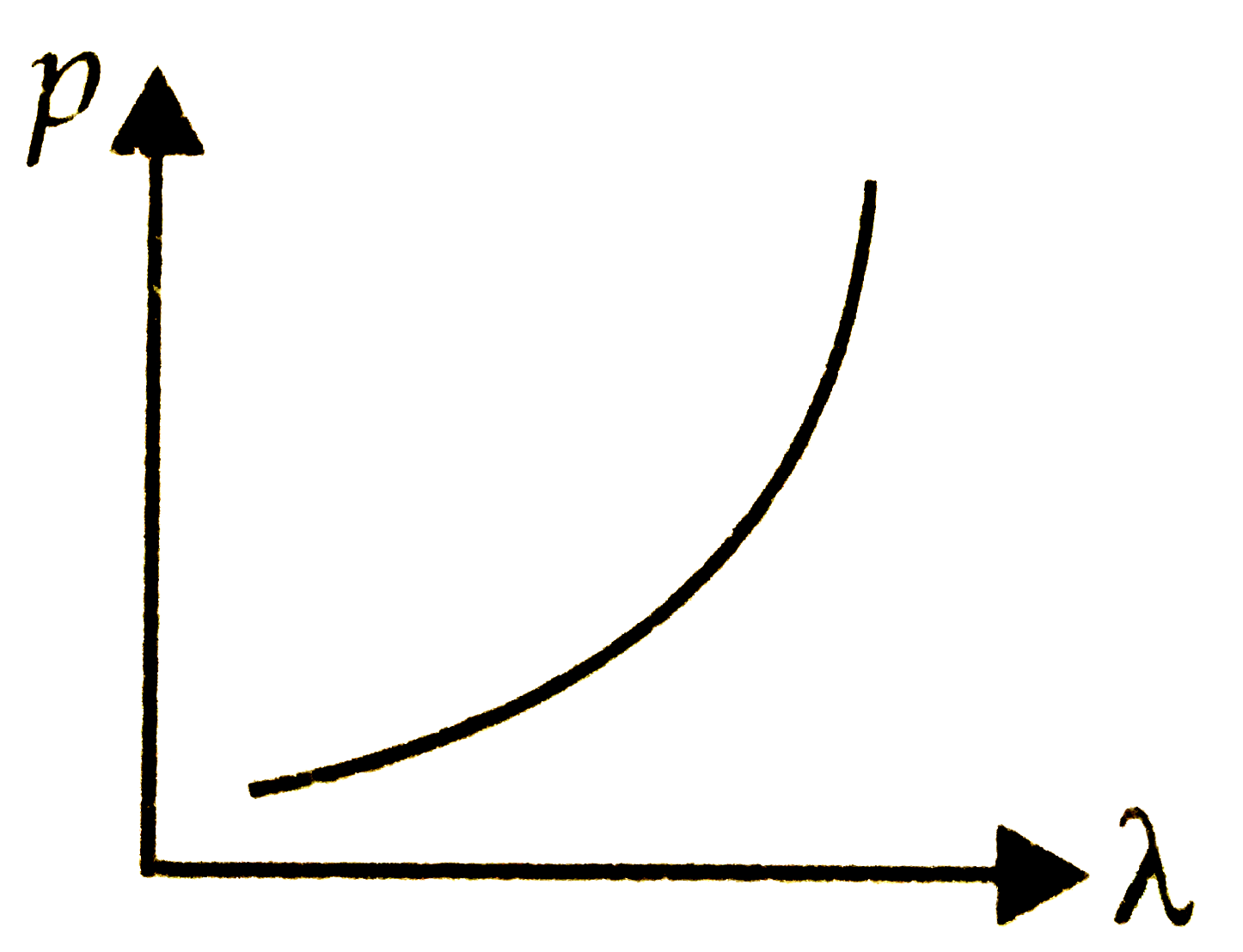 C
C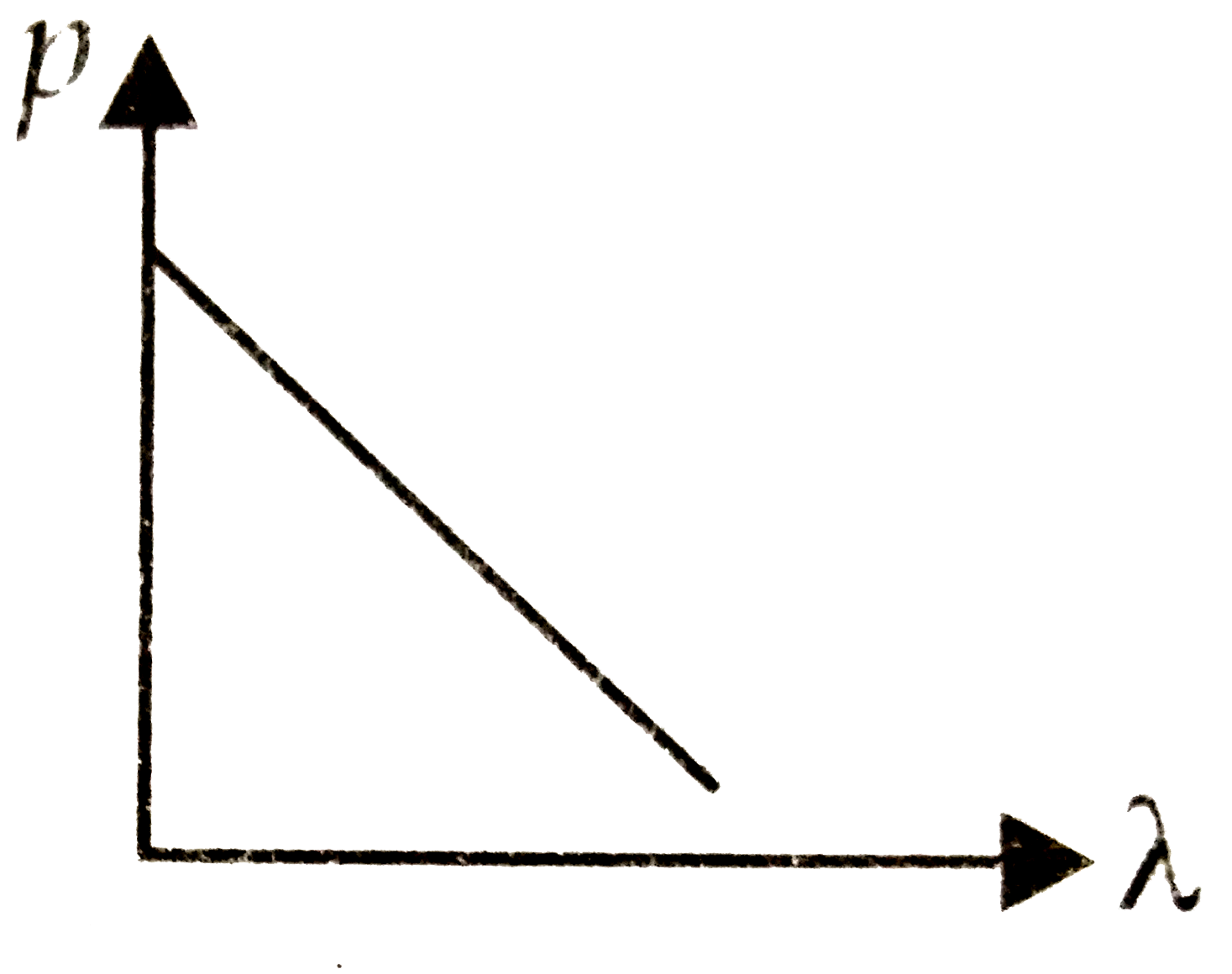 D
D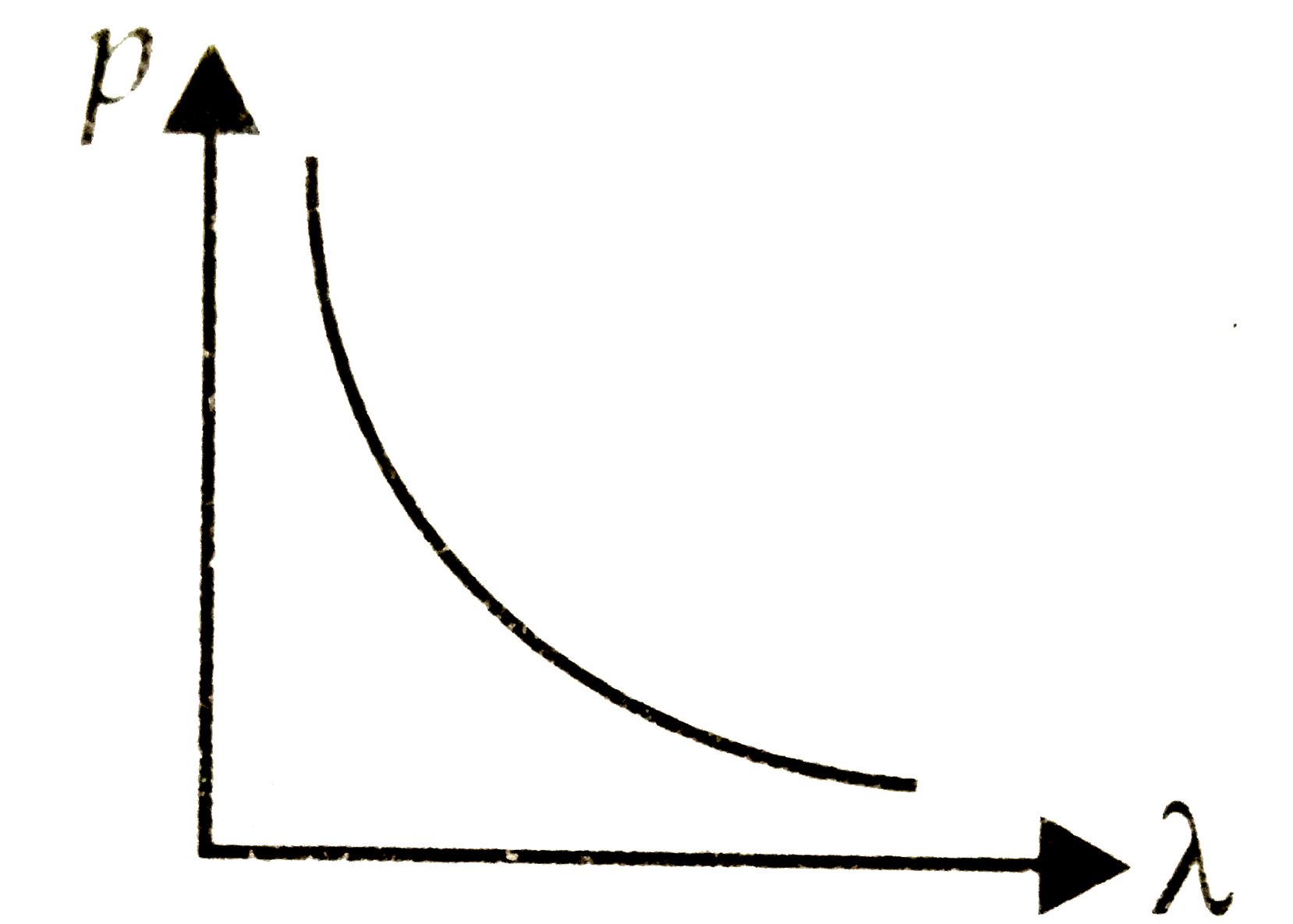
Within elastic limit, which of the following graphs correctly represents the variation of extension in the length of wire with the external load?
A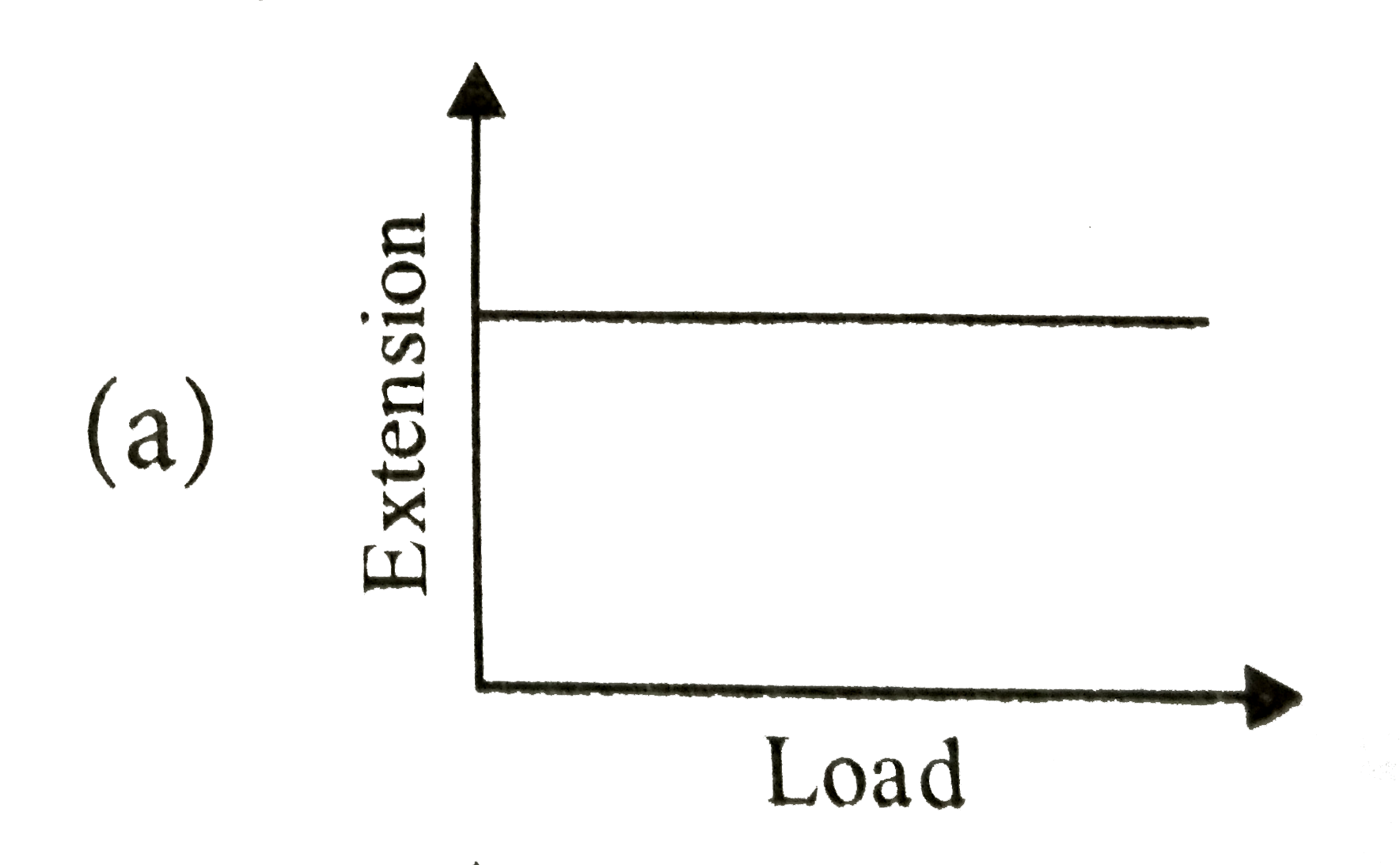 B
B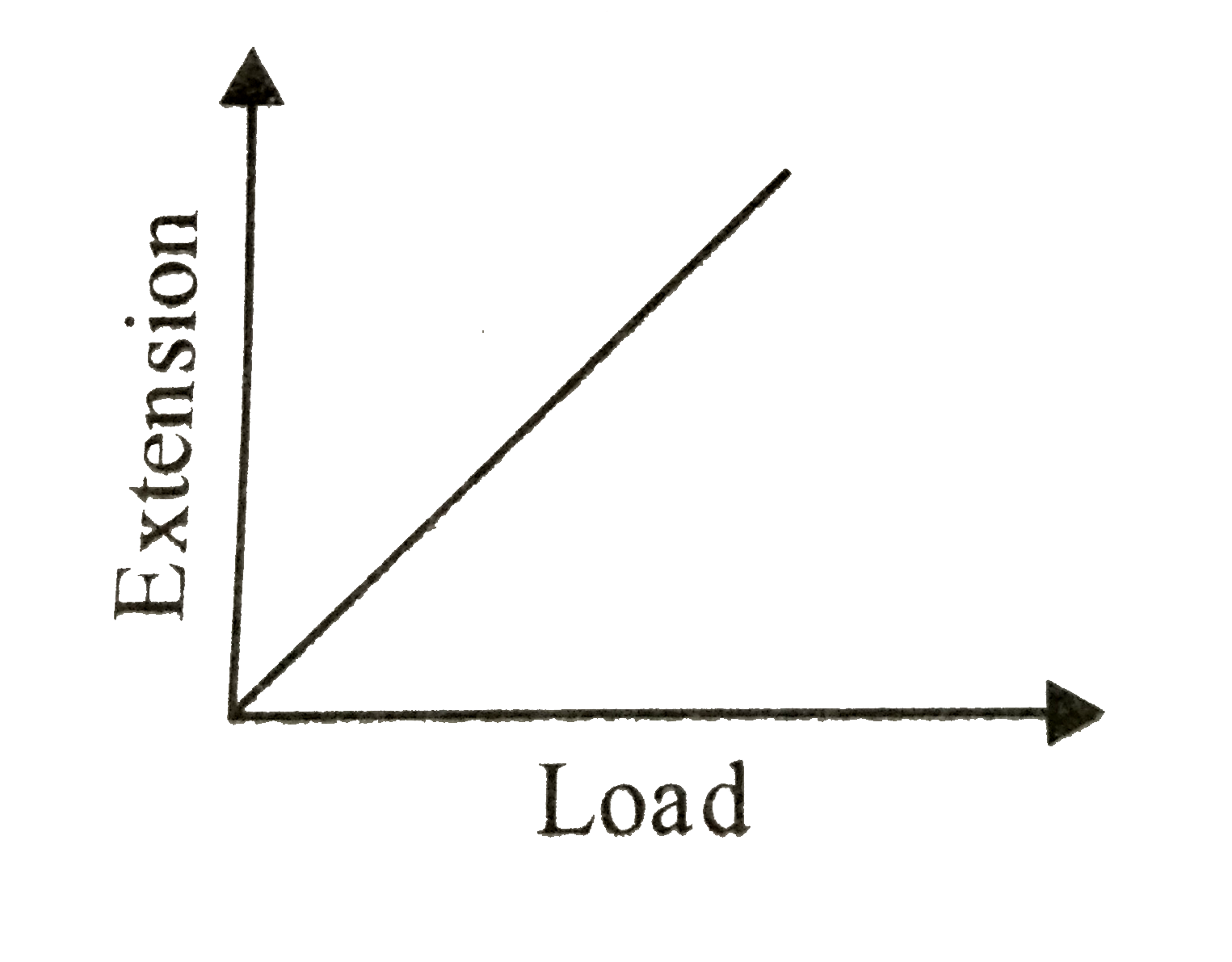 C
C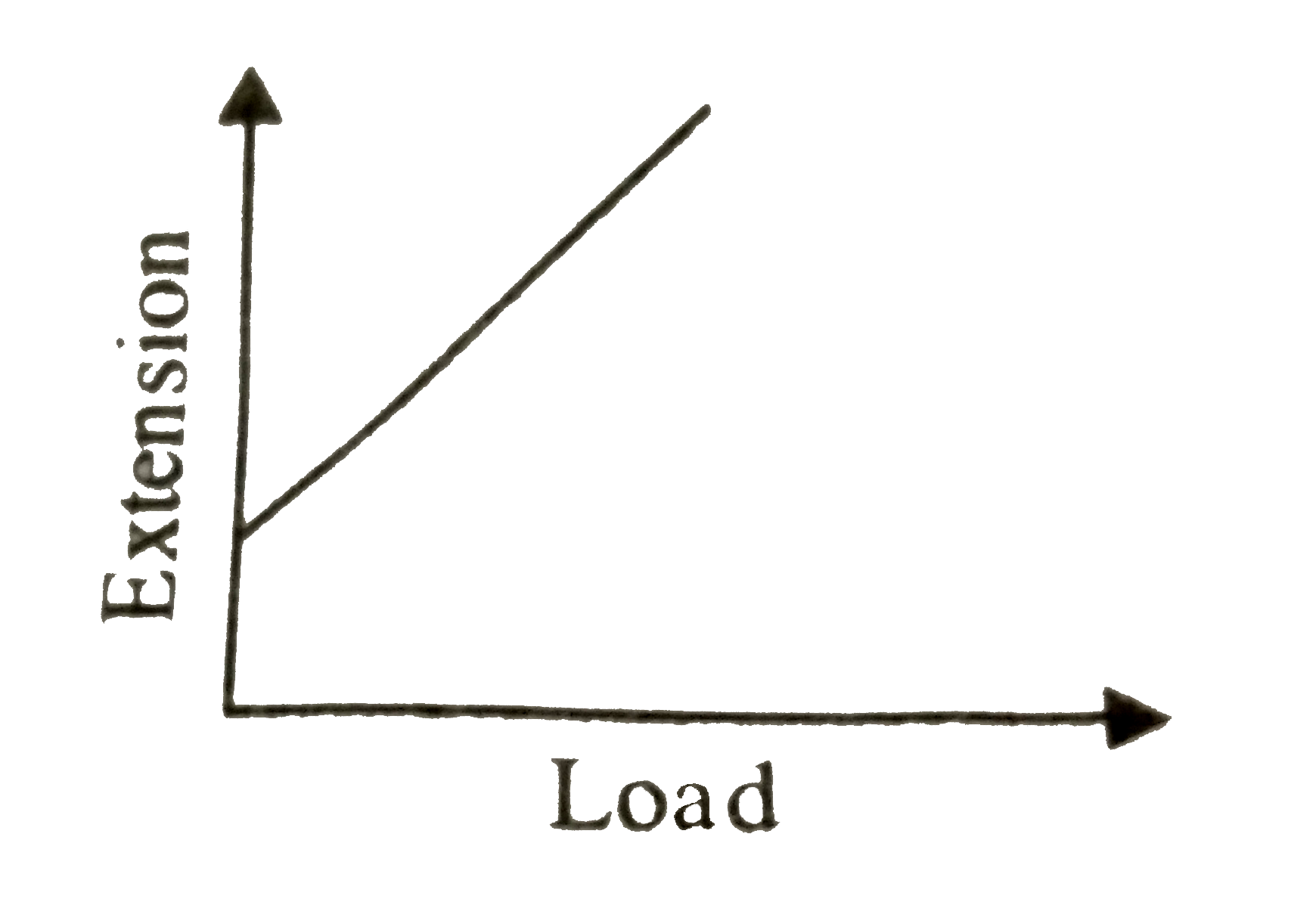 D
D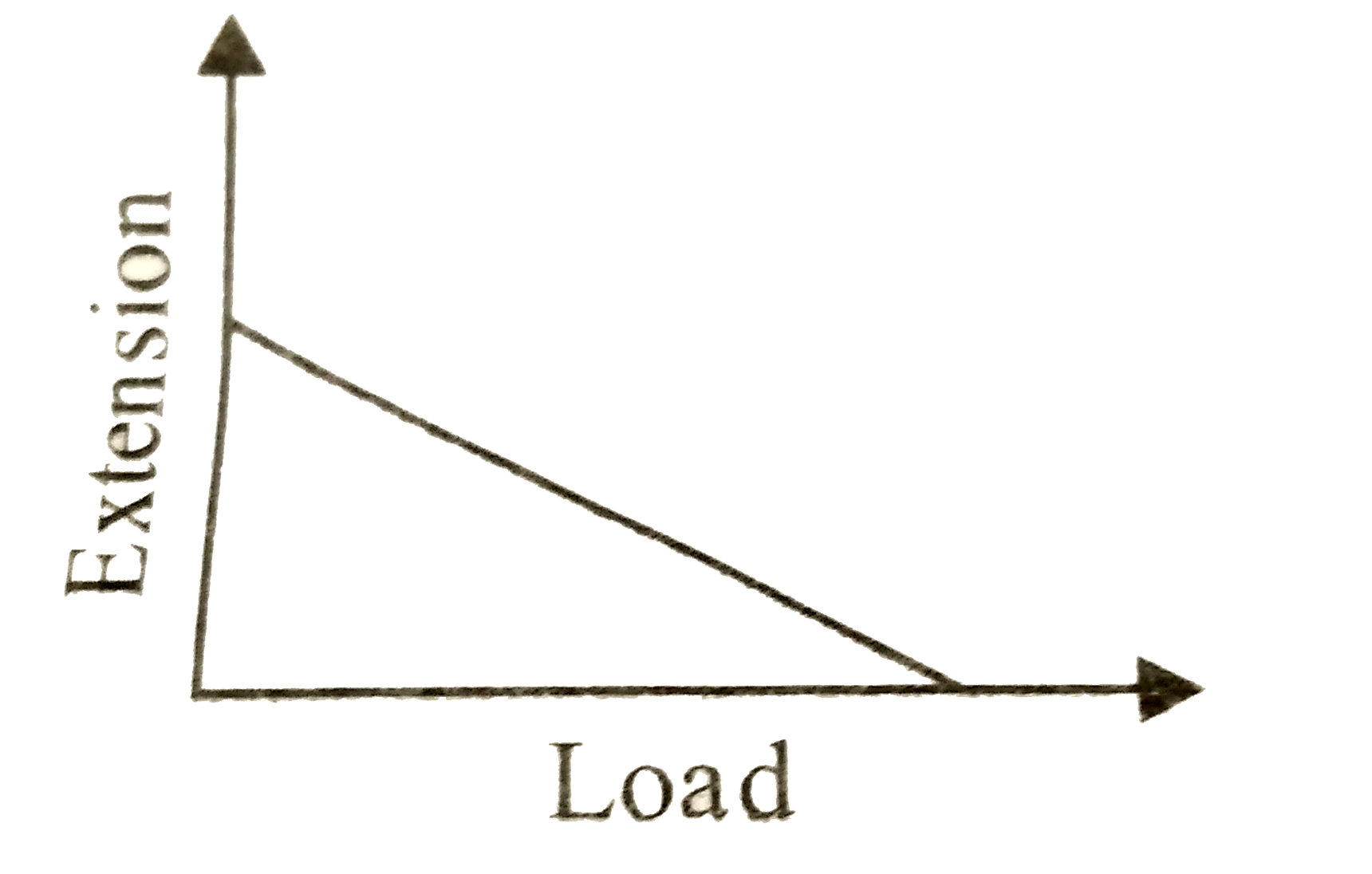
Which of the following graphs best represents the variation of acceleration 'a' with displacement x?
View SolutionWhich of the following graphs correctly represents the variation of β=−dV/dPV
with P for an ideal gas at constant temperature?
View SolutionWhich of the following graphs correctly represents the variation of β=−dV/dPV
with P for an ideal gas at constant temperature?
View SolutionWhich of the following graphs correctly represents the variation of β=−(dVdP)/V with P for an ideal gas at constant temperature
View SolutionThe given graph shows the variation of velocity with displacement. Which one of the graph given below correctly represents the variation of acceleration with displacement :-

View Solution
